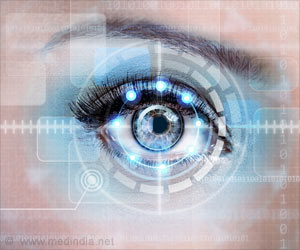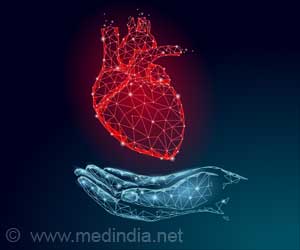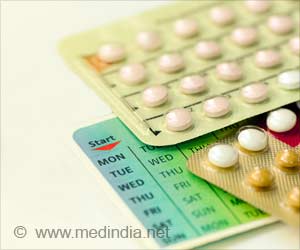Heart cells are altered in space but return to normal within 10 days on earth. Exposure to microgravity can alter the expression of thousands of genes, but do get within 10 days on earth.

‘Heart cells are altered in space but return to normal within 10 days on Earth, say researchers who examined cell-level cardiac function and gene expression in human heart cells cultured aboard the International Space Station (ISS) for 5.5 weeks.’





"We're surprised about how quickly human heart muscle cells are able to adapt to the environment in which they are placed, including microgravity," said senior study author Joseph C. Wu from Stanford University. These studies may provide insight into cellular mechanisms that could benefit astronaut health during long-duration spaceflight, or potentially lay the foundation for new insights into improving heart health on Earth.
Past studies have shown that spaceflight induces physiological changes in cardiac function, including reduced heart rate, lowered arterial pressure, and increased cardiac output.
But to date, most cardiovascular microgravity physiology studies have been conducted either in non-human models or at tissue, organ, or systemic levels.
Relatively little is known about the role of microgravity in influencing human cardiac function at the cellular level.
Advertisement
Beating heart cells were then sent to the ISS aboard a SpaceX spacecraft as part of a commercial resupply service mission.
Advertisement
Upon return to Earth, space-flown heart cells showed normal structure and morphology. However, they did adapt by modifying their beating pattern and calcium recycling patterns.
In addition, the researchers performed RNA sequencing of heart cells harvested at 4.5 weeks aboard the ISS, and 10 days after returning to Earth.
These results showed that 2,635 genes were differentially expressed among flight, post-flight, and ground control samples.
Most notably, gene pathways related to mitochondrial function were expressed more in space-flown heart cells.
A comparison of the samples revealed that heart cells adopt a unique gene expression pattern during spaceflight, which reverts to one that is similar to groundside controls upon return to normal gravity, the study noted.
According to Wu, limitations of the study include its short duration and the use of 2D cell culture.
In future studies, the researchers plan to examine the effects of spaceflight and microgravity using more physiologically relevant hiPSC-derived 3D heart tissues with various cell types, including blood vessel cells.
"We also plan to test different treatments on the human heart cells to determine if we can prevent some of the changes the heart cells undergo during spaceflight," Wu said.
Source-IANS












